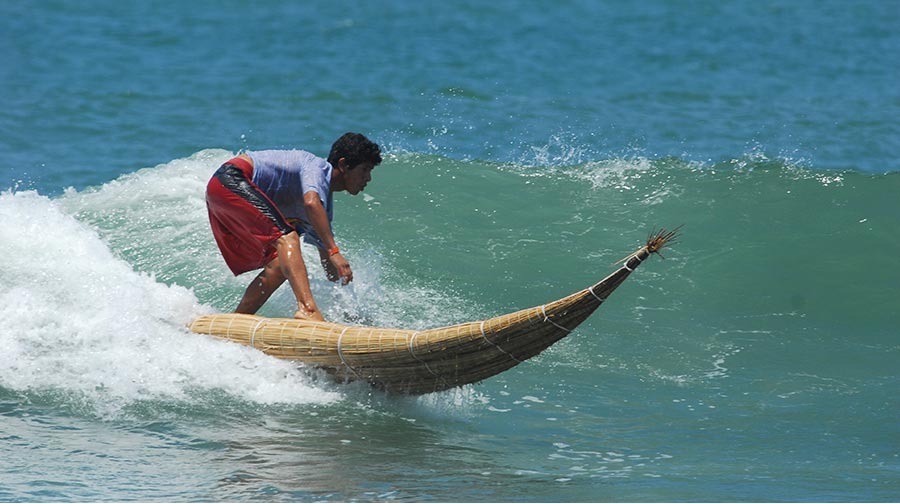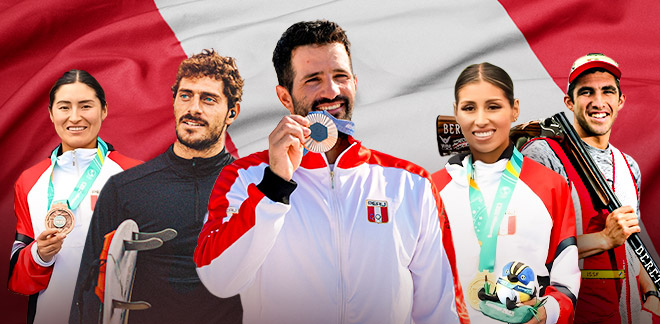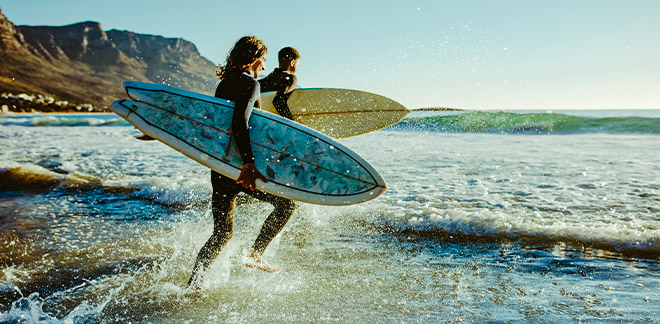Were the first surfers Peruvians? The history of surf in Peru
Síguenos en:Google News
Although it is believed that the origin of this water sport is in Polynesia, there is evidence that the ancient Peruvians already practiced it on caballitos de totora (little reed horses) more than 4,000 years ago.
Sofía Mulanovich was crowned world surfing champion in 2004. With this amazing award, she put Peruvian surfing on the world’s radar. Since then, Peruvian surfers have won numerous titles and awards, which have positioned our country as one of the world surfing references. Peruvian athletes such as Daniella Rosas, Maria Fernanda Reyes, Anali Gomez, Lucca Mesinas or Benoit “Piccolo” Clemente have outstanding participations in tournaments around the world. However, the history of surfing in Peru did not begin with Sofía Mulanovich.
“In northern Peru there have been little reed horses for more than 4,000 years, before there was a population in Hawaii - the first Polynesian settlement dates back to the 4th and 6th centuries - and no one can deny that this instrument was created to ride waves,” explained Felipe Pomar, a living legend of Peruvian surfing, to the BBC in a report published in 2016.
Officially, the origin of surfing is located in Polynesia, more than 500 years ago. However, there are many who believe that the cradle of surfing is the Peruvian coast, specifically in the north, where little reed horses have been used since pre-Inca times.
These are narrow, elongated boats made of cattail or reed stems and leaves. Although they are related to the great cultures of the northern coast (Chimu and Mochica), there is archaeological evidence of their use even more than 4,000 years ago. The fishermen of ancient Peru used these boats to ride the waves and enter the sea, where fish were more abundant.
“They were the first surfers in history,” Pomar told the BBC. However, if we think of surfing as it is known today, the truth is that the first modern surfboard arrived in Peru from Hawaii, brought by Carlos Dodgy, who in December 1942 also founded the Waikiki Club in Miraflores.
The ceramics of the Mochica culture, which developed on the north coast between 150 and 700 A.D., has numerous pieces of people on little reed horses. These are everyday fishing scenes showing how important these boats were in the daily life of the ancient Peruvians.
Beyond the anecdote, the little reed horse and the relationship with the sea have been an essential part of the Peruvian people since ancient times. What today we consider a sport was a way of life for our ancestors. Stories like these show us the connection that Peruvians have with our past.








